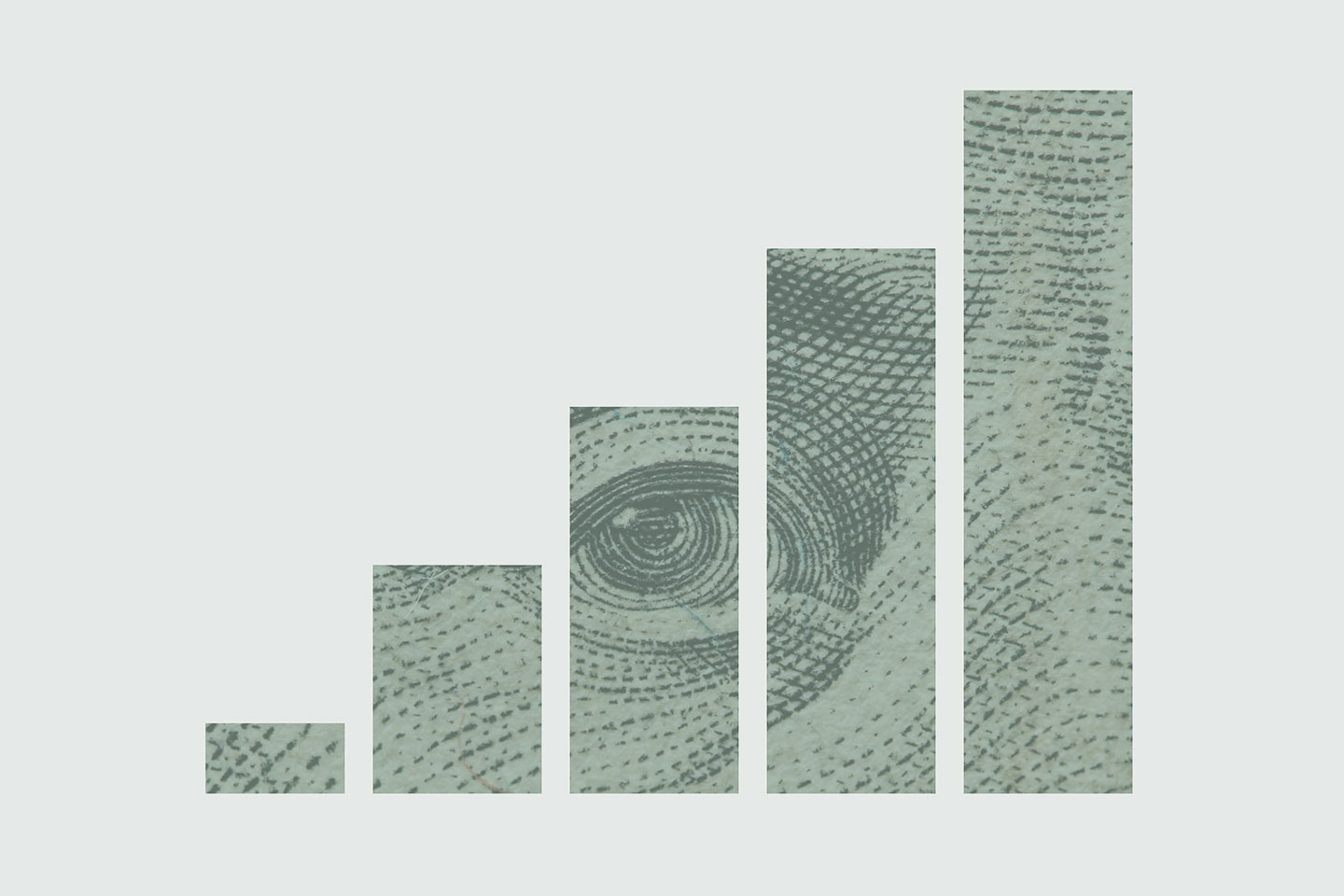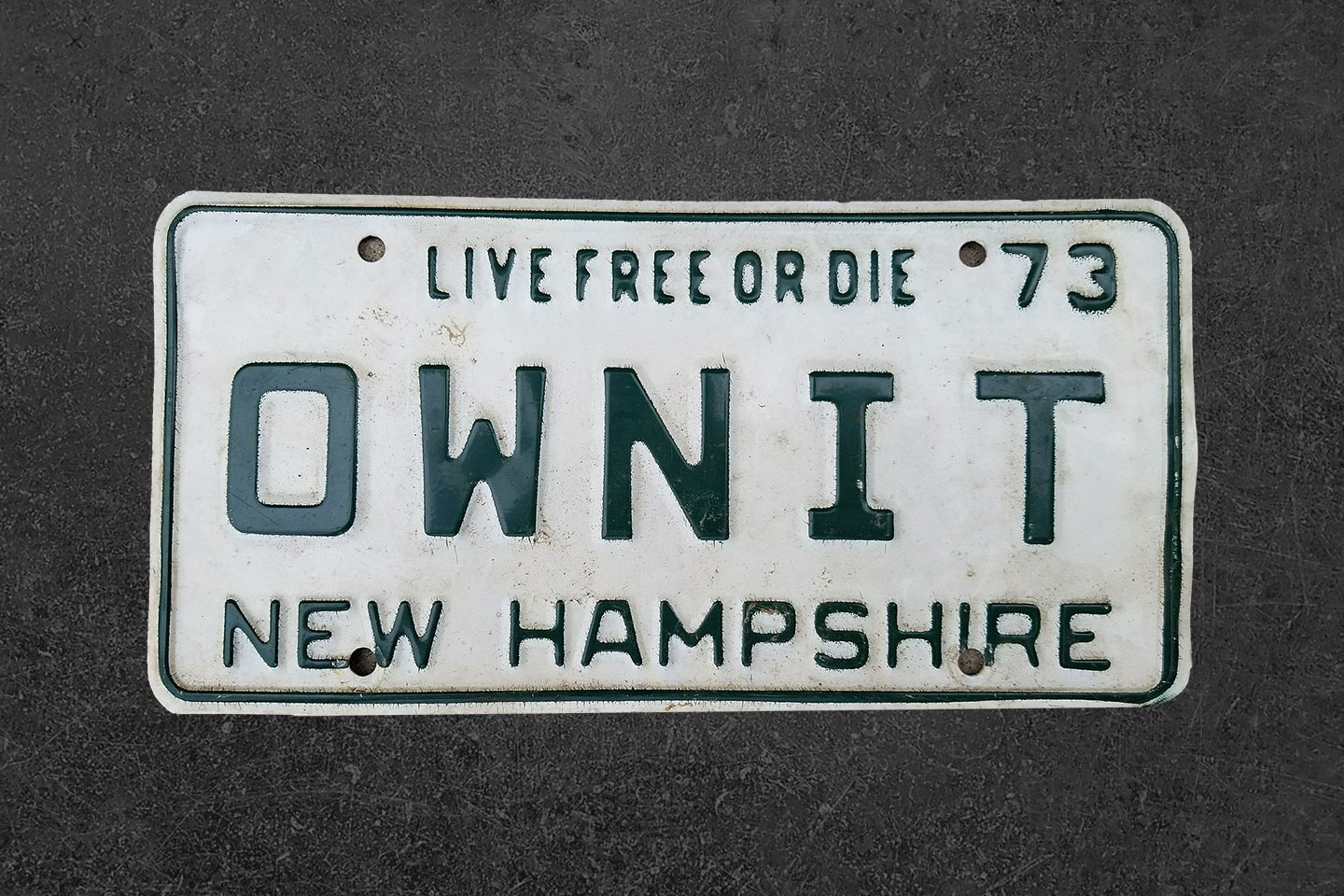By Arjan Schütte
Our lack of saving is painfully clear today. It is no news that Americans don’t like to save. At a national level, it’s been a couple days since we didn’t have a trillion dollar deficit (and 4000 of those days were during a historic bull market). Our household savings rate is 5x lower than that of China and 2x less than most of Western Europe. Nearly half of Americans would struggle to come up with $400 to cover an emergency — and that’s before this pandemic! Well more than half of us don’t have enough to retire. We’re not saving enough for big purchases, college for our kids, rainy days, let alone sunny beaches. We all know it’s good to save, so why aren’t we doing it?
“Need is not demand,” Will Sowell, then still at GE Money, observed many years ago. Policy and nonprofit do-gooders pathologically conflate need and demand. Just because we need to save more doesn’t mean we’re determined to do so with conviction. I can’t tell you how many entrepreneurs that come our way confuse need and demand. The market size for need is radically different from the market size for demand. We should be saving somewhere around 12% of household disposable income (need), whereas we are in fact saving around 7% (demand).
The entrepreneurs’ job is to create demand. Mission driven entrepreneurs create demand for things society needs. Too few entrepreneurs are driving demand for saving. The Vanguards of the world have championed long-term savings very successfully. ING Direct, now part of Capital One, was a savings pioneer and advocate decades ago. More recently, Acorns has promoted index investing to scads of young people, and Digit digitally replicates what your mom would do for you if she had access to your checking account. Each has created $1b of new savings demand. This is awesome, and just the tippy-top of the iceberg.
Why aren’t there more savings innovators? In the nearly 15 years I’ve been investing in financial empowerment, only 13% of business plans we’ve seen pertain to saving and investing. That’s after credit (21%), payments (18%), insurance (14%), financial management (14%) and miscellaneous (19%). I believe the reasons there aren’t more savings innovators are because it’s a hard way to make money and it’s hard to change behavior. Here are some ideas for doing both.
The traditional way to make money on savings is to use deposits to make loans. Known as the “3–6–3 Rule” (pay 3% yield, lend at 6%, go home at 3p) it’s the basics of retail banking. We’re just starting to see modern equivalents, probably closer to “2–10–24” (lower yield, higher APR, open 24/7). And if it’s not lending that makes saving profitable, then it’s a subscription, like $3–10 per month for anything from Acorns to Green Dot to a low balance Bank of America account, or cross-sell (like YieldStreet). Or perhaps the answer to making money on saving is even further off the ranch, shareholders. Per my recent explorations into “Power Mutuals,” a customer owner, versus a VC for example, will have wildly different expectations on a financial return.
As far as changing behavior, that’s a hard nut to crack. Time and time again, we see it’s our parents’ teaching and modeling, not the absence of discretionary income, that impacts our saving behavior. Behavioral economics is a field I’ve been excited about for a long time. Fortunately, other entrepreneurs have been, too and are making saving fun, and automating it.
Fintech pioneer, Walter Cruttenden, has been making saving fun for many years now. First, Acorns gamifies saving by rounding up quotidian transactions and providing cool tools to watch your investments grow (hopefully). Then he launched Blast, which takes this gamification to a new level: Blast allows gamers — which is a shocking amount of the population — to save by playing games, literally. Check-mate? $1 saved. Kill an enemy? 50 cents saved. Download another game? $2 saved.
Clearly 0.7% APY isn’t enough to engage most people to action. Two ideas for “setting and forgetting” are really powerful. First, as mentioned above, Digit does something both simple and powerful: to transfer varying amounts on a daily basis from checking to savings accounts. The reason this is a big deal is that most people’s financial lives don’t allow for meaningful fixed transfers — $100 every month, for example — which breaks when your rent is due a day before your paycheck comes in.
I’ve gotten excited about the potential for Bitcoin to serve a powerful role in cultivating savings behavior. Unlike cash, Bitcoin is volatile, but is the only digital currency with the characteristics to serve as a fully digital gold, and able to appreciate over the medium term. Dollar-cost-averaging Bitcoin on Coinbase — or at your local bank in the future — could be a way to engage a generation intellectually and behaviorally into savings and investment, far beyond the dollar value of their BTC exposure.
Stanford’s BJ Fogg, is one of the behavioral economists who talks about epiphany as the least predictable cause for behavioral change (tiny habits are the most). Given that we’re experiencing a historic shock right now, it is not far fetched to believe that the impact of the Coronavirus pandemic will “shock” a lot of people into new behavior — hopefully that includes heightening our economic security by saving more.
We need to save more — at a household level and nationally. Making it fun, automating it and leveraging epiphanies are powerful tools to make it happen. We’d love to hear from anyone who’s got a better idea.




